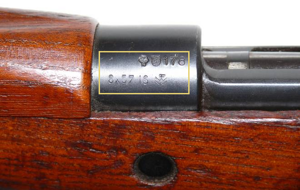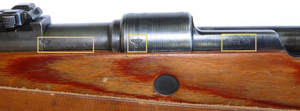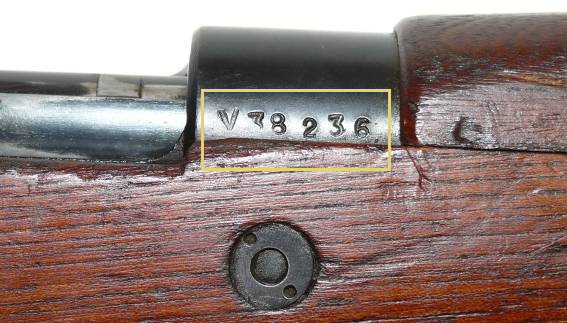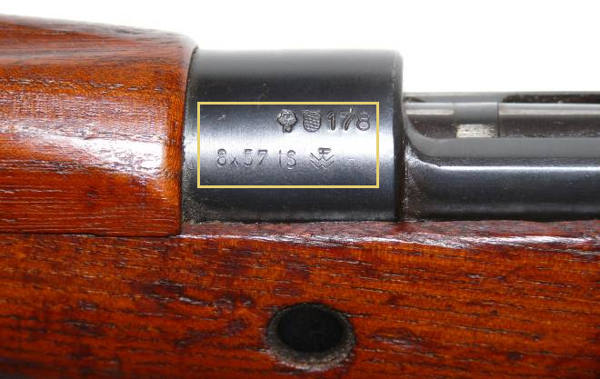There are many variants of this weapon, and it has been widely copied. K98k is a bolt-action rifle chambered for the 7.92×57mm Mauser cartridge. It remained the primary German service rifle until the end of the war in 1945. Millions were captured by the Soviets at the conclusion of World War II and were widely distributed as military aid. The Karabiner 98k therefore continues to appear in conflicts across the world as they are taken out of storage during times of strife. A number of non-European nations used the Mauser Karabiner 98k rifle as well as a few guerrilla organizations to help establish new nation-states. One example was Israel who used the Mauser Karabiner 98k rifle from the late 1940s until the 1970s. During the 1990s, the Yugoslavian Karabiner 98k rifles and the Yugoslavian M48 and M48A rifles were used alongside modern automatic and semi-automatic rifles by all the warring factions of the Yugoslav wars.
 © BwVC
© BwVC

















